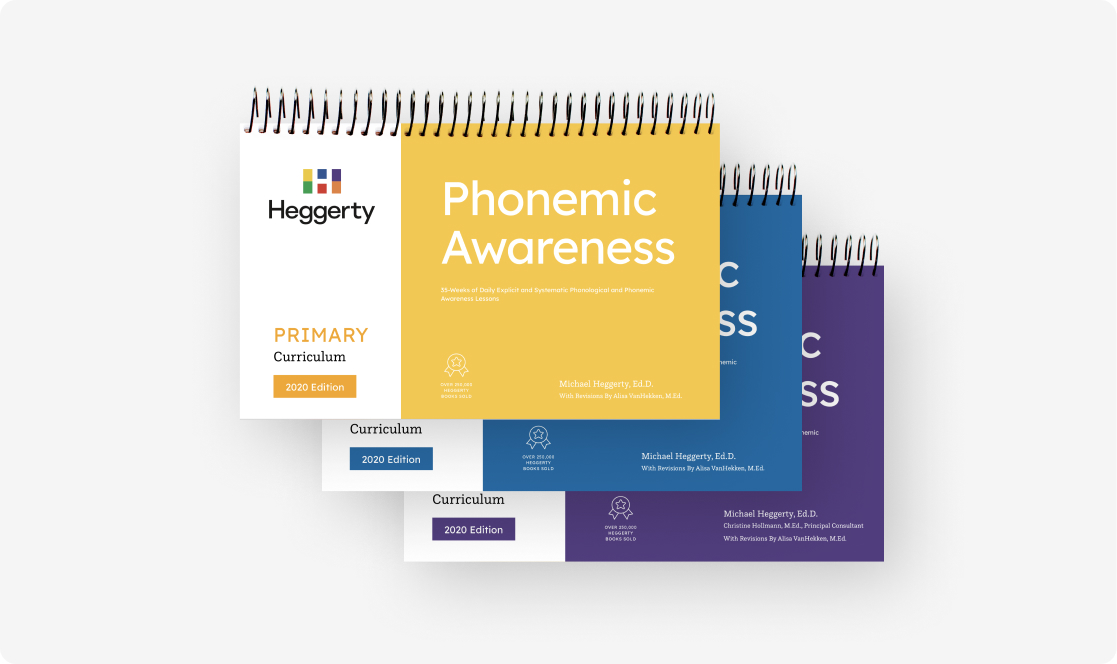The National Reading Panel found that phonemic awareness instruction helped children of all levels improve their reading, including:
- Normally developing readers
- Children at risk for future reading problems
- Disabled readers
- Preschoolers, kindergartners,
and 1st graders
- 2nd through 6th graders (most of whom were disabled readers)
- Children across various SES levels
- Children learning to read English as well as other languages
Studies have shown that phonemic awareness is a foundational skill, essential for learning to read. As students learn to identify sounds through oral and auditory activities, they become phonemically aware. Engaging in phonemic awareness instruction develops students’ understanding of sounds, and that knowledge directly impacts their spelling and writing.

Phonological awareness difficulties represent the most common source of word-level reading difficulties.
(Hulme, Bowyer-Crane, Carroll, Duff, & Snowling, 2012; Mel- by-Lervag, Hulme, & Halaas Lyster, 2012; Vellutino et al., 2004)

First grade Phonological awareness continues to develop in typical readers beyond first grade.
(Kilpatrick, 2012a; Lipka et al.,2006; Wagner, Torgesen, Rashotte, & Pearson, 2013)

Reading problems can be prevented if all students are trained in letter-sound skills and phonological awareness, starting in Kindergarten.
(Equipped for Reading Success, Kilpatrick 2016)

Proven Effective
New research from the 2022-2023 school year proves the effectiveness of the Heggerty Phonemic Awareness Curriculum in grades K-1, awarding an ESSA Level 3 badge.
Further research and findings
Learn from phonemic awareness research, the National Reading Panel, and research on English language learners.
